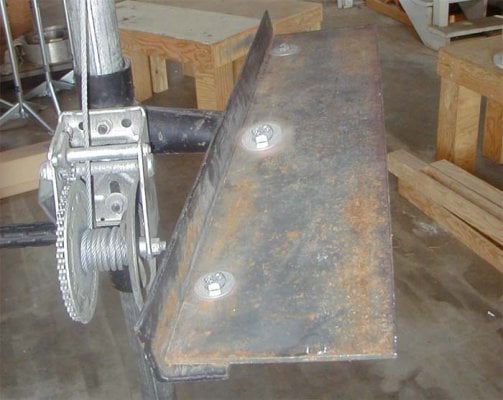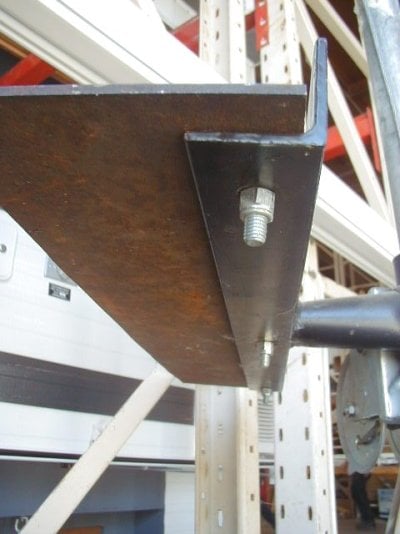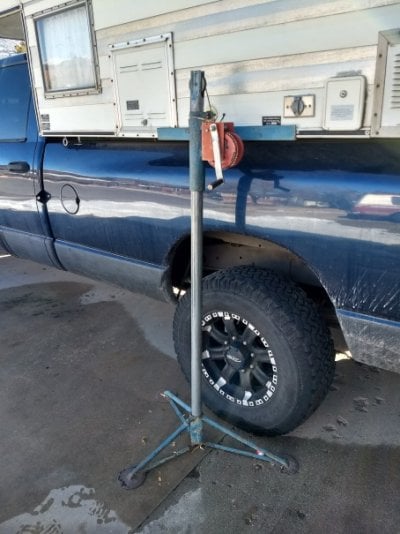AWCO
Member
I recently bought a rebuilt 1983 Fleet after a couple years of looking for a used FWC, and I'm fired up about it. Among other supplemental purchases to get going, I bought four cable camper jacks to take it on and off my truck (https://www.etrailer.com/Camper-Jacks/Brophy/CJ31.html?feed=npn&gclid=EAIaIQobChMIs5-Yj7LQ6gIVENbACh0_IgL1EAQYASABEgIoUfD_BwE).
However, I used these for the first time last night to take the camper off, and it was super sketchy. I found I had to position the front set of jacks such that I needed to drive over at least part of the stand legs in order to get out from under the camper. The jacks shifted a bit when I drove out, and although the camper didn't come crashing down, it was very precarious. Once I had the truck out from underneath, I had to get my wife to push against the opposite side of the camper while I nudged the front jacks in until the camper was fully and securely resting on the brackets.
I'm wondering if anyone with more experience has some practical solutions to this issue that I haven't thought of yet. Hard to imagine having to more/less risk dropping the camper every time I want to take it on or off....
However, I used these for the first time last night to take the camper off, and it was super sketchy. I found I had to position the front set of jacks such that I needed to drive over at least part of the stand legs in order to get out from under the camper. The jacks shifted a bit when I drove out, and although the camper didn't come crashing down, it was very precarious. Once I had the truck out from underneath, I had to get my wife to push against the opposite side of the camper while I nudged the front jacks in until the camper was fully and securely resting on the brackets.
I'm wondering if anyone with more experience has some practical solutions to this issue that I haven't thought of yet. Hard to imagine having to more/less risk dropping the camper every time I want to take it on or off....




